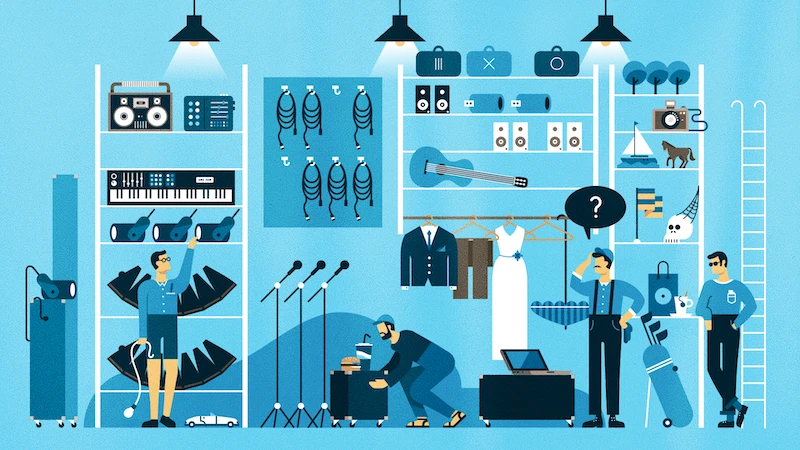How to collect asset data to get started?
1.7.2021

When it’s time to modernize equipment management, the first challenge usually is to gather timely information about all equipment. Sometimes equipment lists have been collected and maintained, but not necessarily up to the best standard regarding timeliness. In other cases, it might be that no data has yet been gathered about equipment. Whatever the circumstances, it’s good to ensure that there is timely, reliable, and sufficient data about assets collected. This is the way to ensure efficient asset operations going forward.
A practical solution is a one-time inventory. When implementing an equipment management system, it’s good to prepare a more comprehensive one-time effort to ensure sufficient data gathering. Before starting inventory, it’s important to start from the basics: what equipment is being accounted for, what information is gathered, and to what level is the location information collected?
The one-time initial inventory for equipment management normally means that someone physically goes through the spaces to locate and identify equipment. This phase of modernizing equipment management is fairly labor-intensive and time-consuming. The good thing is that when this phase is completed properly, it’ll pay back multiple times going forward.
Recommendation on how to start gathering equipment data
Name a responsible person for gathering data
It’s very important that there is a named person responsible for collecting all equipment information. This person will help to understand the importance of the issue and organizes all required activities to get the task done. The named individual can well be a summer intern or a trainee.
Define the spaces and equipment for the inventory
The spaces for the inventory are important to define in advance before starting the actual work. In case equipment management system is implemented to only partial equipment, it’s important to define which assets are included in the selected equipment. Among other elements, the space layout, equipment lists, and other possible existing information are important in making inventory smoother.
Ensure that spaces are accessible
In some cases, the spaces to access for the inventory require specific access rights, keys or escorting. It’s good to ensure well in advance ensure the accessibility and request for needed permissions.
Define what details are gathered about equipment
Often equipment management system requires a few mandatory fields for each item. However, if possible, it’s worth to gather also other details to make the information as comprehensive as possible. The more details the system holds, the better it serves the users going forward.
For example, it’s good to define if the images of the items are gathered while completing the inventory. Also, the user guides or installation guides can be added in the very beginning as well as cost details such as purchase date and price. The lastly mentioned details can be something that an accountant can provide. In case inventory includes going through the equipment one by one, it’s not necessarily a bad idea to have a measuring tape in the pocket.
Label equipment when completing the initial inventory
When there is an effort made to gather all information, it’s recommended to complete also all activities that make future inventories easier. A key to a smooth future inventory is labeling the equipment. When inventory has been completed, and all information has been imported into a digital system, it’s possible to produce labels for each individual asset. These labels are handy going forward because information about the device can be checked, and activities performed via the label, and everything is digitally registered.
We at Trail are happy to find solutions to execute the inventories to get going as well as labeling the equipment. It’s all about making equipment management effortless and easy for the future!